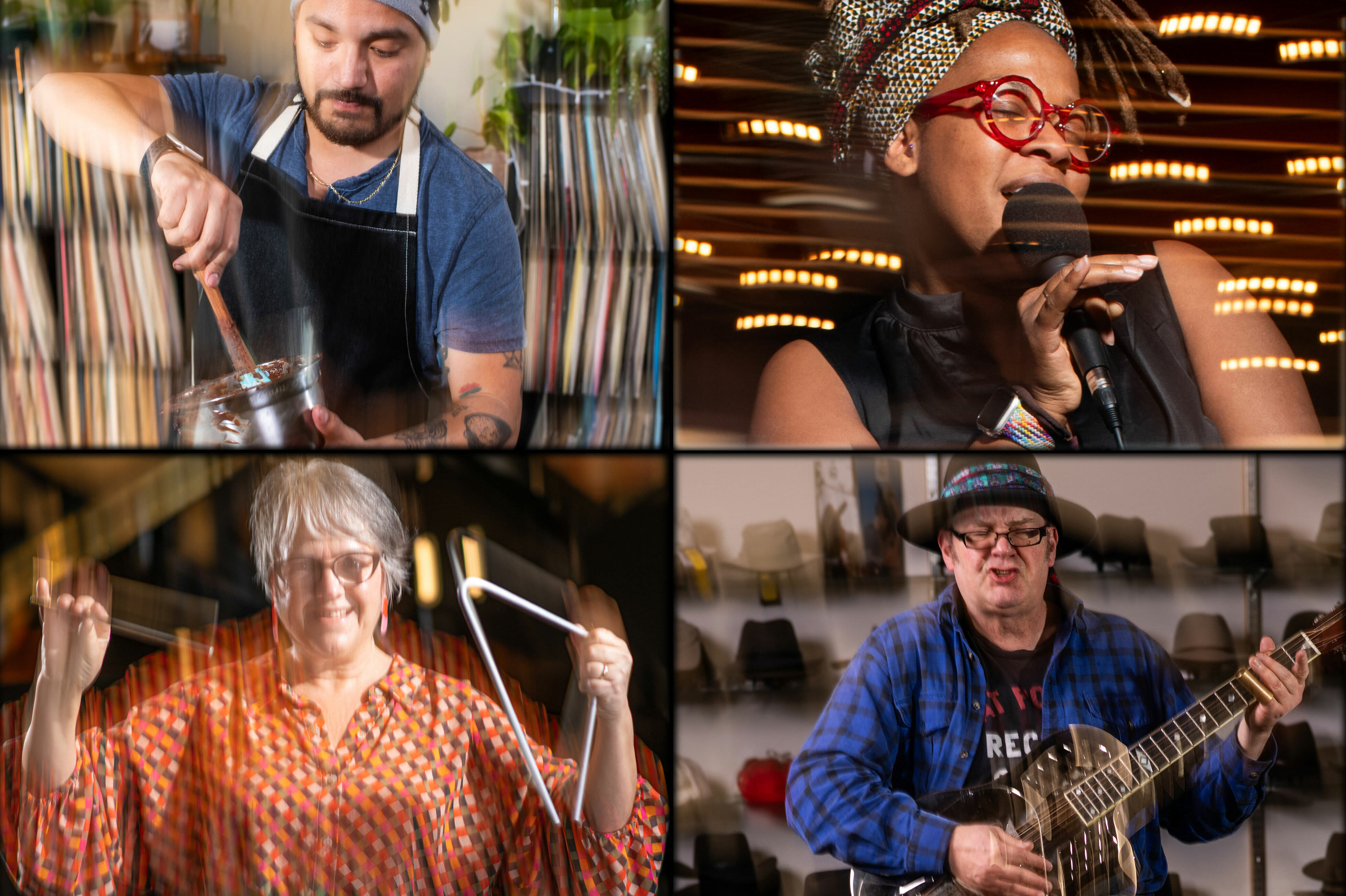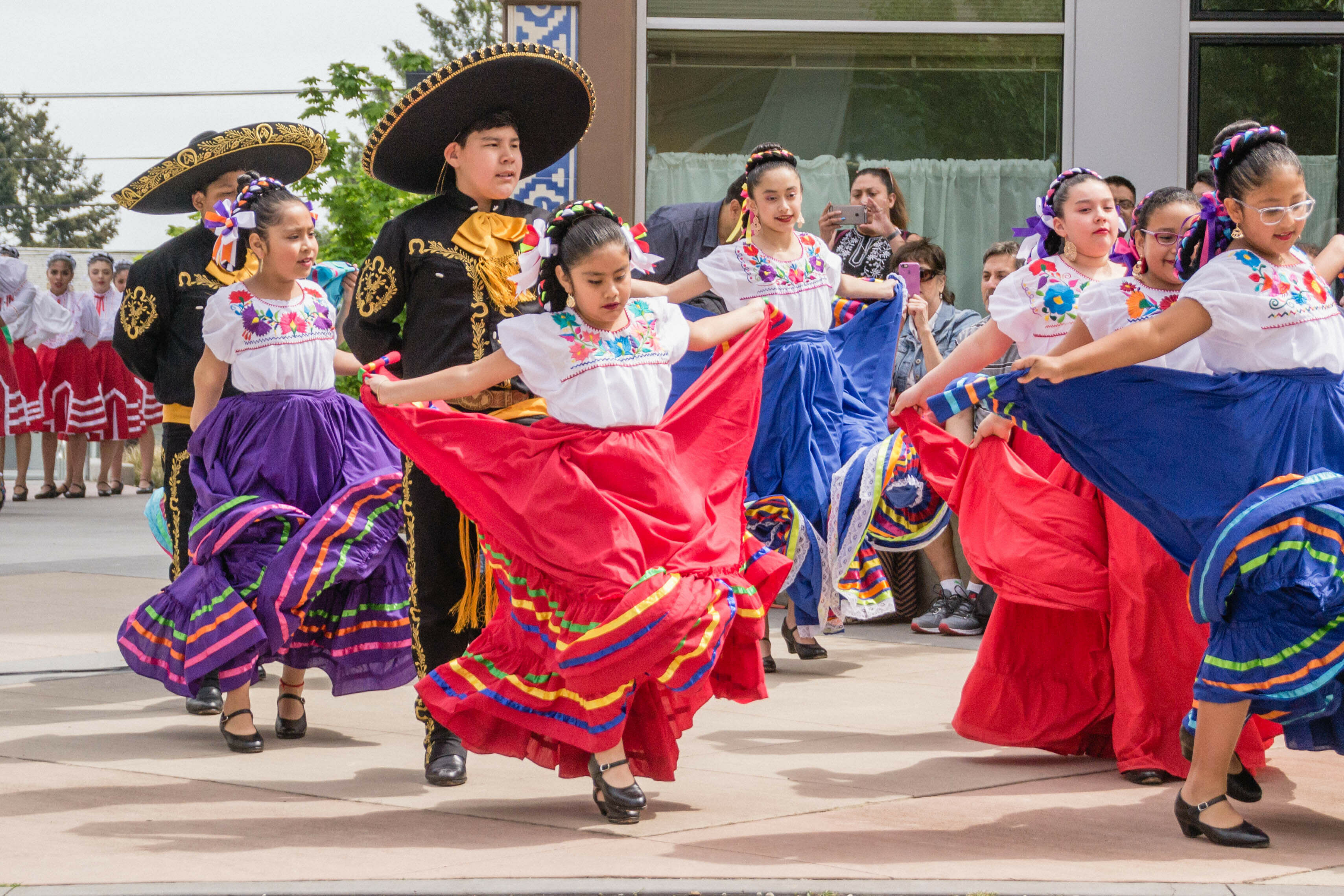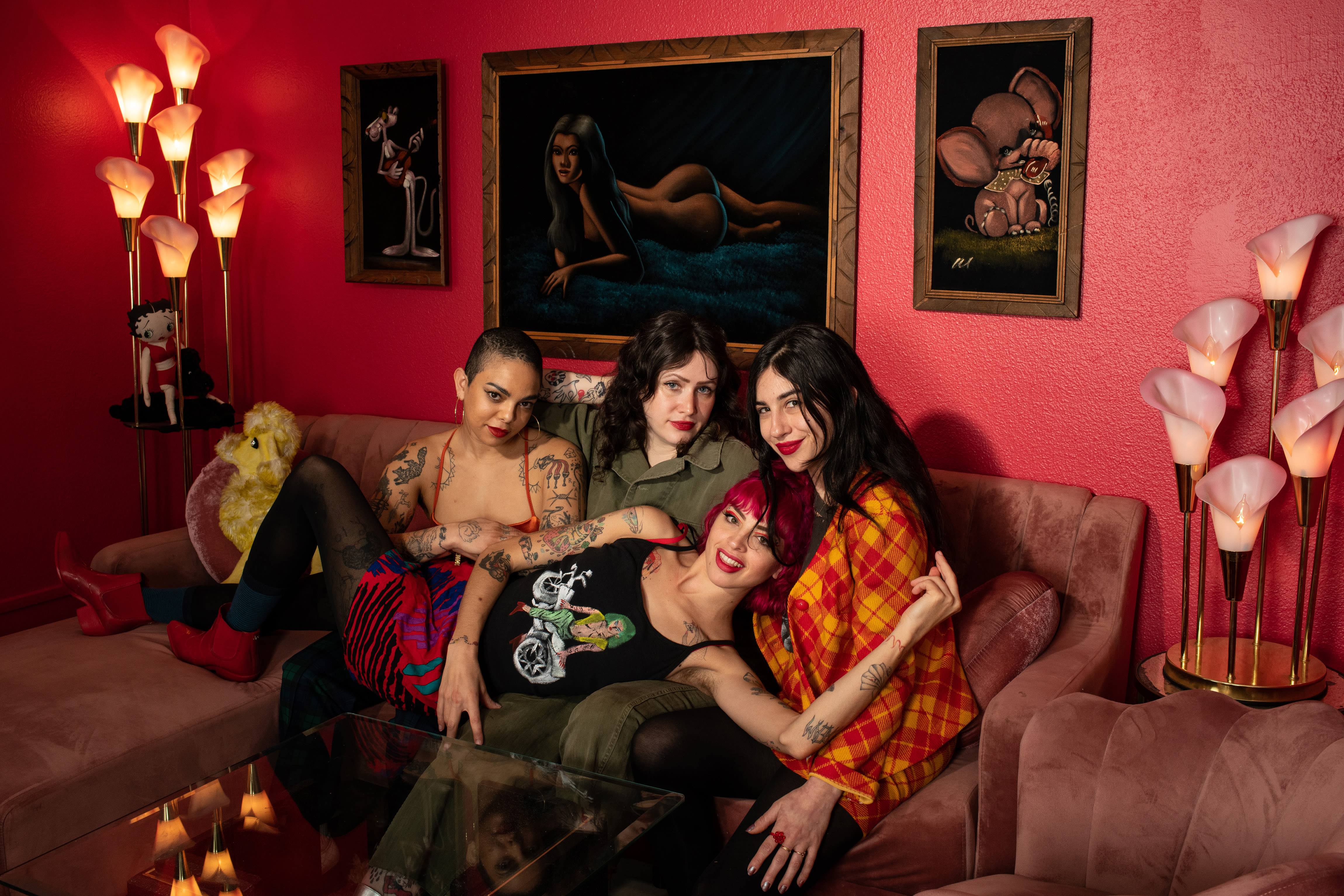
Two Generations of Female Tattoo Artists Propel the Industry Forward
From left to right: Emma Kates-Shaw, Albie, Lolli Morlock, and Ursula Rose in the employee lounge at Bad Apple Tattoo, which is run according to a co-op model.
It was the summer of 1972, and 25-year-old Beverly Bean was falling in love. Between shifts at a drapery factory, she cleaned and handled odd jobs at Danny Danzl’s Seattle Tattoo Emporium in exchange for his tutelage in the craft. The whining song of the gun, the boldness and purity of the designs, the promise of a life proudly on the outskirts, one lived in jubilant opposition to conformity—her heart was pierced.
Bean legally changed her name in 1979, embracing her professional persona as Madame Vyvyn Lazonga, and went on to etch a place for herself in the field of tattoo artistry at a time when it hardly resembled a field at all; tattoo shops were the dominion of men, and “rough and tumble” men at that. Fifty years later, Seattle’s tattoo industry is booming and eclectic, drawing artists and clients from all backgrounds. Women and queer people, formerly relegated to its peripheries, are now at the forefront, critically redefining the art form and the spaces in which it’s practiced.
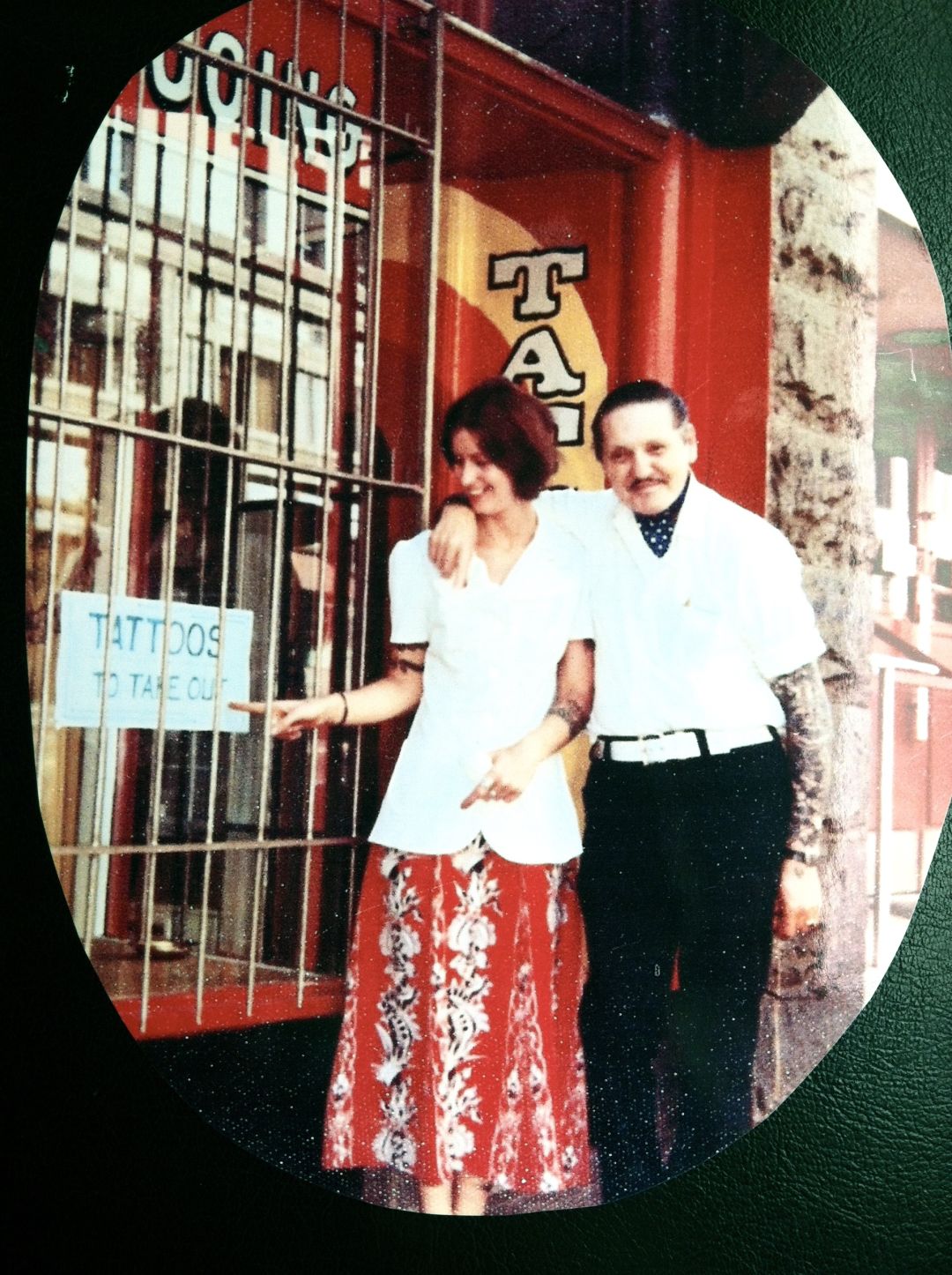
Vyvyn Lazonga with her mentor, Danny Danzl, outside the Seattle Tattoo Emporium in 1972.
Image: courtesy vyvyn lazonga
At first, Danzl had Lazonga take apart a tattoo gun and reassemble the intricate piece of machinery; once she could do that perfectly, he actually let her use it. Her infatuation with art, and her skills in sketching and watercolors, made Lazonga a quick study in working with a living canvas. She was already drawing many of the flash sheets, collections of premade designs, that crowded the walls of the shop. Once she had had some experience tattooing herself and intrepid friends, Danzl encouraged her to begin taking clients.
She left the Tattoo Emporium in 1979 to start her own shop, determined but self-admittedly naive. Over the ensuing decades, Lazonga relocated her business three times, and took a sojourn to San Francisco, struggling to establish a financially sustainable model and assemble a reliable team of artists.
It was in San Francisco during the ’80s that she first started to do mastectomy scar cover-ups. She became known as an expert in this particular form, something that Lazonga speaks of with muddled fondness and frustration. These projects are always deeply gratifying, she says, but she doesn’t think of them as a specialty. Perhaps she wouldn’t have been so shoehorned if she were a man, she muses.
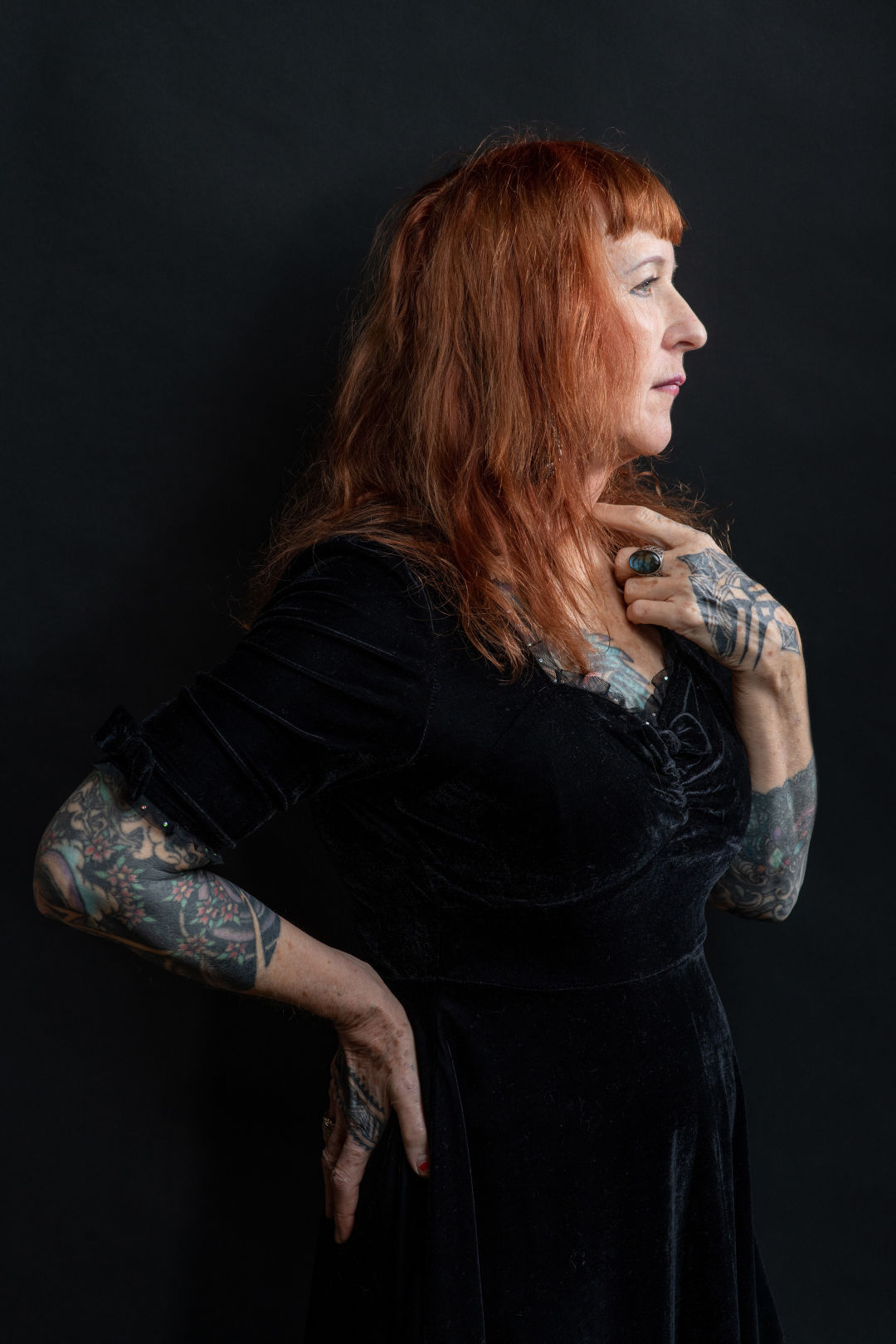
Madame Lazonga began tattooing in an era when women were unwelcome in most tattoo shops.
Despite this, Lazonga credits Seattle’s liberal attitudes with easing her passage into a profession once known for its unchecked misogyny. In the ’70s, the sense of living in a West Coast backwater “at the end of the line” contributed to an atmosphere of creative and cultural liberty; in other parts of the country at the time, many tattoo shops didn’t even allow women inside.
She still felt, at times, erased by her tattoos. Lazonga recalls a visit to a YMCA sauna where other women stared at and openly discussed her heavily adorned body “like I didn’t even exist.” People just couldn’t seem to get their heads around how to categorize her, she says.
As the proprietor of her own eponymous establishment in Pike Place, now many times larger than her first shop, Lazonga doesn’t need to worry about fitting neatly into any category. Now she makes the rules.
Lolli Morlock, who started tattooing five years ago and has accumulated nearly 40,000 Instagram followers as @lollipoptattoos, has had anything but an easy path to the profession.
From an observant Muslim family, Morlock feared that her burgeoning interest in body art would cause an irrevocable rift. To bare your skin as a woman, she had been told, was bad enough; to actively draw attention to it? Unthinkable. Except that, for Morlock, it wasn’t. While taking out the garbage at her barista job, she would sneak longing glances at the tattoo parlor downstairs from the coffee shop, dreaming of the day she might be able to make a living as an artist.
She hid her nascent career from her family for several years, until the deception became untenable. While her parents have, with much cajoling, come around to seeing the value it brings to her life, she says her mother still worries about the way her daughter will be perceived.
But Morlock is all in, her current style a gleeful rejection of what others may think. It began with flyers and cover art for her band, which played music she describes as “very bratty and obnoxious and feminist.” The Technicolor designs that evolved from this ethos have a Barbie Dreamhouse vibe, except Barbie is a pansexual radical feminist on acid.
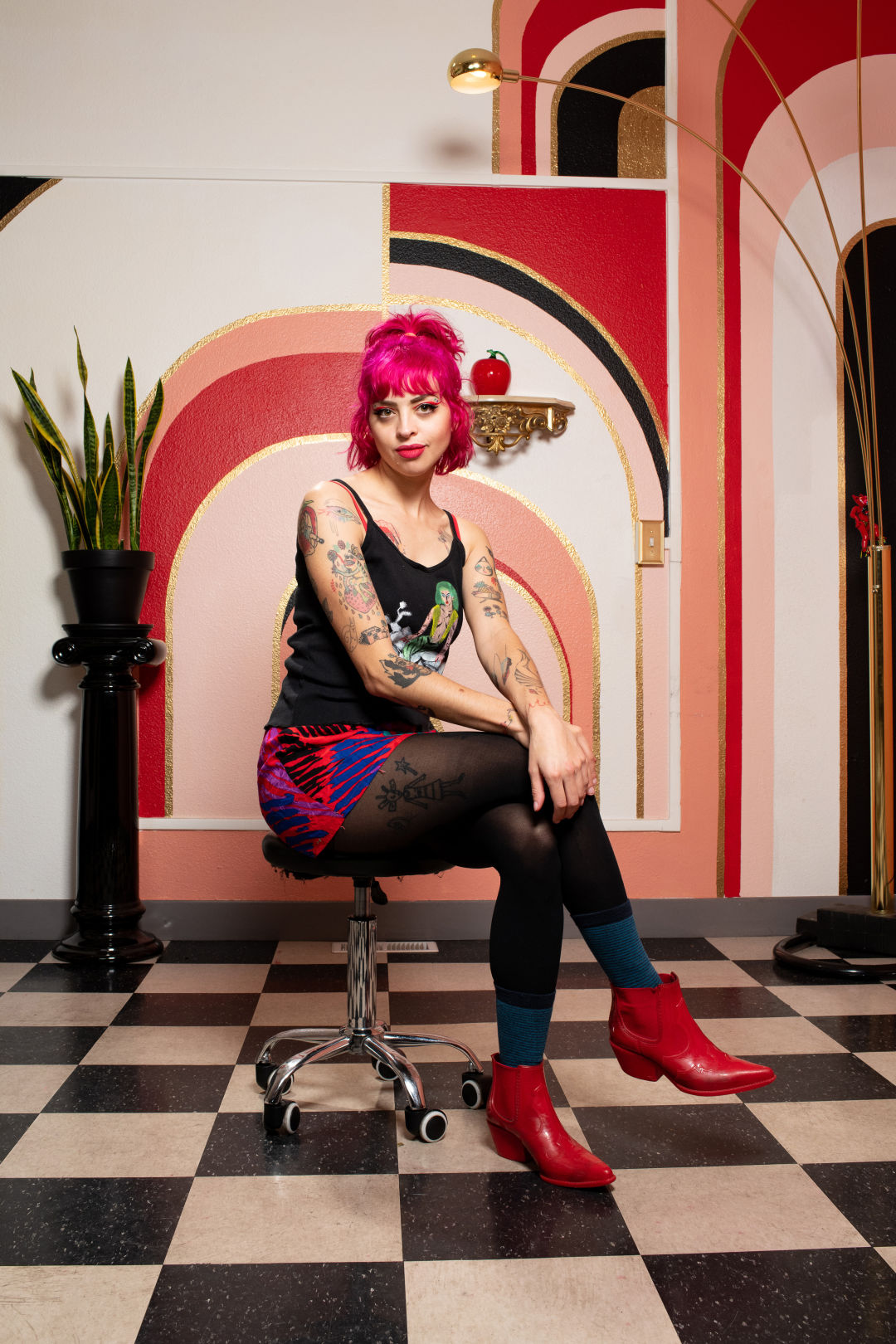
Lolli Morlock and her cohort at Bad Apple Tattoo are reimagining systems of power and profit.
Her first tattoo, a pair of UFOs on her back that she says, laughing, now look to her as if they were drawn on with crayon, was given to her by a former partner who had gotten his hands on a tattoo gun. She was 18 and in art school, and eager to reciprocate; “Don’t touch my tattoo machine,” she reports was his response. “I wasn’t allowed, in that dynamic, to use the tattoo machine.”
When she decided to pursue inking in earnest years later, Morlock says she was fortunate to apprentice with a woman who was “adamant” about establishing an equitable relationship. Strikingly, Morlock and Lazonga, separated by decades of experience, say the exact same thing of women apprenticing in tattoo shops: “I’ve heard horror stories.”
Morlock put in her time working for other people, but quickly became disillusioned with the traditional business model, where the shop takes a cut ranging from 30 to 50 percent and artists often have little say over their working conditions. She and a few like-minded friends now run Bad Apple Tattoo. Their co-op approach allows each artist to use and maintain the space on their own terms and take home all their own profits. Most tattoo shops, Morlock notes wryly, are just like everywhere else: built to benefit the people at the top.
Her art is largely defined by feminist rage against these very systems, and by an exploration of her queerness. For her, it’s a way of pushing back against the way you’re supposed to look, how you’re supposed to perform your gender or sexuality or whatever else. For this very reason, tattooing and getting tattooed can be a particularly profound act for those whose appearance is most heavily policed by society. For many women, queer people, and people of color, a piece of permanent bodily adornment represents an act of reclamation, of deliberate transgression against an ideal of beauty to which they neither live up nor aspire.
Or, Morlock says, maybe you just want something tattooed on your ass because it’s funny. And in a way, this attitude of radical lightheartedness, of joy and whimsy, is equally liberating. Maybe we don’t need to take our bodies so very seriously, it seems to suggest. Maybe no one can live up to the ideals of beauty or fit into the rigid mold of gender roles constructed for us—so we might as well stop trying and color outside the lines in permanent ink.
